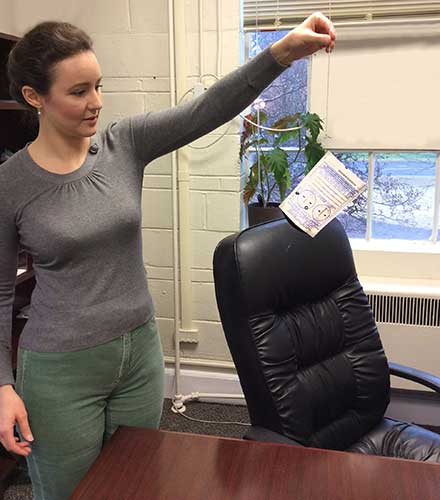
On average, 1 in 15 homes will test at or above the acceptable level of radon gas, which is 4.0 picocuries per liter (4 pCi/L). Since the average American spends 90% of their time indoors radon is an important issue, especially for Gwinnett County because it is a Zone 1 county. A Zone 1 means Gwinnett is in the highest potential zone for household radon levels above 4.0 picocuries per liter (4 pCi/L) . UGA has found that 22-to-28% of homes in Gwinnett are at or above 4 pCi/L . This is partly due to being next door to Stone Mountain, which is a giant rock that can contain uranium!
Breathing high levels of radon is the second leading cause of lung cancer (the first leading cause among non-smokers). Radon kills approximately 21,000 people every year and approximately 822 a year in Georgia alone; making Georgia the number one state in the southeast for radon induced lung cancer. Also, radon is heavier than air so babies, young children, and pets are at an even higher risk since they are closer to the ground where the radon level is higher. Most of us see news headlines every day on deaths caused by drunk driving, but surprisingly every year radon gas causes more deaths in the United States than drunk driving accidents.

If the test results come back at or above 4 pCi/L, you should fix/mitigate your home. If the test results are between 2 and 4 pCi/L, there is still enough risk of excess exposure that you should consider mitigating your house. The great news is that having a radon problem in your home is relatively simple to fix. Radon reduction systems can be put into place by radon mitigation companies to reduce radon levels by up to 99%, and help you greatly improve your home’s indoor air quality; go to www.UGAradon.org for a list of certified mitigators in your area.
Since radon levels vary from house to house, it is important for every home to test for radon. If your neighbor tests their home and has an acceptable level of radon that does not necessarily mean your home will also test in a safe range.
A great New Year’s resolution is to encourage your friends and family to test for radon; especially since January is National Radon Action Month. Help spread the word today so we can aid the fight to stamp out lung cancer. Every person should test for radon because anyone can get lung cancer, so test your home today! The lower the radon level in your home, the lower your family’s risk of developing lung cancer.
For more information or to order test kits go to www.UGAradon.org or call your county Extension office at 1-800-ASK-UGA1.
Happy New Year from the University of Georgia Extension!

